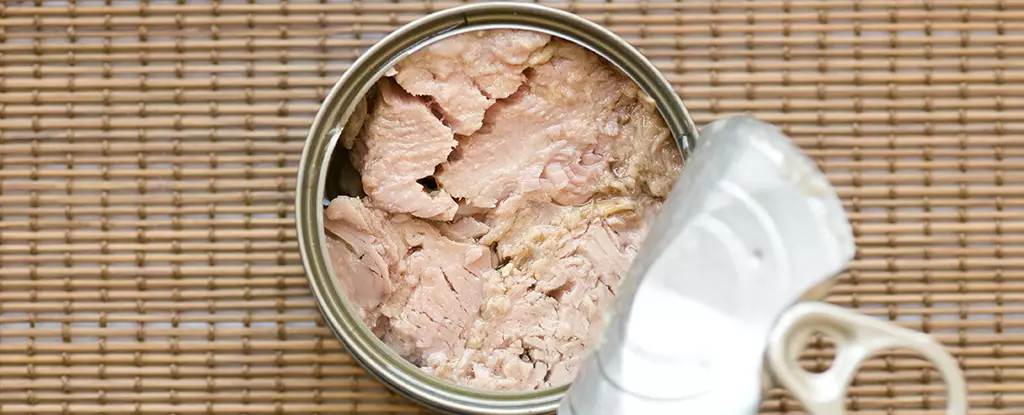Fish has long been celebrated for its nutritional benefits, particularly within the Mediterranean diet, renowned for promoting heart health and overall well-being. Rich in omega-3 fatty acids, lean proteins, and vital vitamins, fish consumption is an integral part of a balanced diet. However, lurking beneath its many advantages is a significant concern: mercury contamination. This heavy metal, primarily absorbed by fish in aquatic environments through industrial runoff, poses potential health risks to consumers. As we prioritize nutrition, understanding and mitigating these risks becomes paramount.
The Challenge of Mercury Contamination
Mercury accumulation in fish, especially species such as tuna, remains a pressing public health issue. High levels of mercury can lead to severe neurological and developmental problems, particularly in vulnerable populations like pregnant women and young children. As a result, health authorities often issue recommendations to limit the intake of certain types of fish. While the risks are well-documented, the key question is, what can be done to address this contamination while still reaping the myriad benefits of fish consumption?
Innovative Research: The Role of Cysteine
Recent groundbreaking research by a collaborative team from the Swedish University of Agricultural Sciences and Chalmers University of Technology offers a potentially game-changing solution to this dilemma. By exploring the chemistry behind mercury’s interaction with organic compounds, researchers discovered that incorporating the amino acid cysteine during the packaging process of canned tuna can significantly reduce mercury levels. In experiments, cysteine was shown to draw out 25 to 35 percent of mercury from the fish when immersed in a cysteine-infused solution. This remarkable finding has stirred excitement within the scientific community, suggesting a practical approach to modifying fish packaging to enhance consumer safety.
How Does Cysteine Work?
Cysteine’s unique property of binding strongly with mercury is at the heart of this research. By utilizing this amino acid, researchers not only demonstrate a feasible method for removing mercury but also alleviate the concerns associated with fish consumption. In lab tests, the efficacy of cysteine was apparent; it effectively extracted mercury from tuna fleshes upon contact, with the extent of removal correlating with the amount of fish exposed to the solution. This insight provides a clear pathway to not only making fish safer to eat but also to changing how we view conventional food packaging.
Promising Results Without Compromising Quality
Critically, the application of cysteine does not detract from the sensory qualities of canned tuna. In the conducted study, fish samples treated with cysteine exhibited no noticeable changes in appearance or aroma. This aspect is crucial, given that consumer acceptance is often tied to visual and olfactory cues. With the mercury removal process effectively occurring without additional additives or alterations to the fish’s quality, the research presents a strong case for the practicality of this method in industrial settings.
The Road Ahead: Future Implications and Research Needs
Despite the encouraging results, researchers note that further studies are essential to refine this technique for commercial application. “Our study indicates that innovative strategies exist to tackle mercury contamination,” states Mehdi Abdollahi, food scientist involved in the research. He emphasizes that rather than merely discouraging fish consumption, we can pursue methods to ensure the safety of this vital food source. This approach not only aligns with public health interests but also supports the sustainability of fish consumption as a dietary staple.
As conversations regarding the safety of seafood consumption continue, research like this sheds light on promising solutions that address mercury contamination. By rethinking traditional packaging methods, scientists not only present a proactive strategy to safeguard public health but also enhance our collective culinary experience. This pioneering work paves the way for a future where enjoying the benefits of fish is unburdened by health concerns, allowing consumers to savor their meals with peace of mind.

